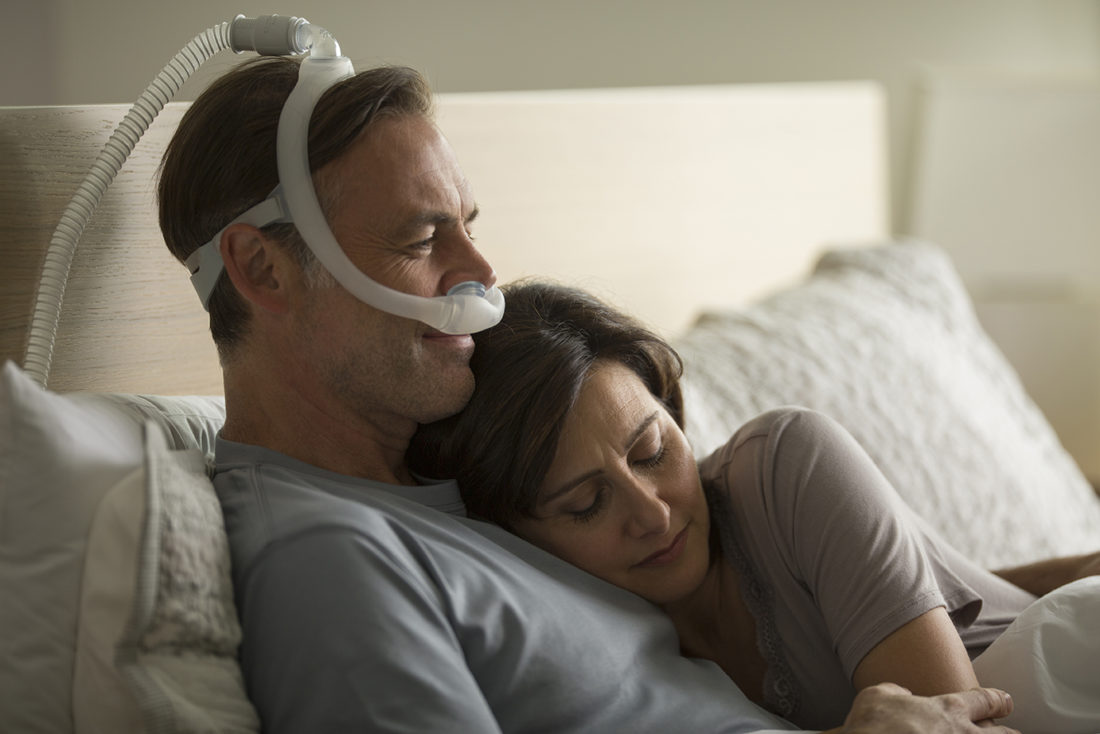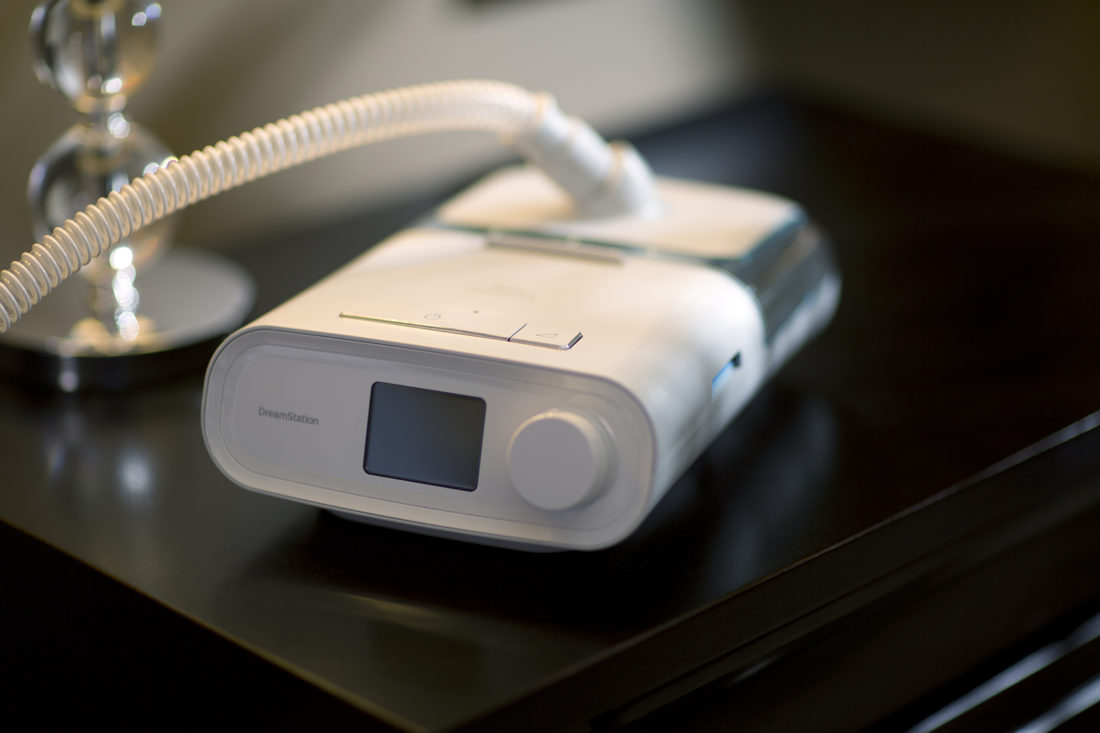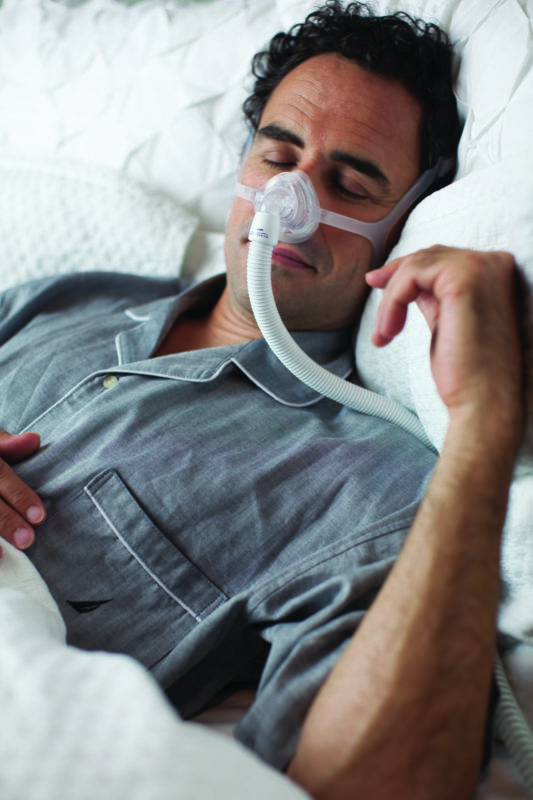
Which CPAP Mask Is Right For Me?

Unfortunately, there’s no universal continuous positive air pressure (CPAP) mask that’s right for every person with sleep apnea. That’s why there are different models of CPAP masks available—the three most common types being full face masks, nasal pillows and nasal masks. It can be difficult to find the right fit if you don’t know what you’re looking for, so take a look at our breakdown of each mask type below!
Full Face Masks
Full face masks are generally the best choice for CPAP users that breathe through their mouths, as these masks cover the nose and mouth. Although these masks provide the most facial coverage, some claustrophobic users find it to be more comfortable because it doesn’t place pressure on the bridge of their nose.
Advantages:
- Compatible with bilevel therapy
- Users with nasal congestion due to allergies, colds or upper respiratory infection can still receive air pressure
- Width of the mask allows for the best comfort when using higher air pressure settings
- Ideal for those that dislike the nasal mask and chinstrap combination
Disadvantages:
- Improperly fitted masks may have air leakage due to the larger surface area
- It can be difficult to wear glasses, read or watch television while wearing
- Not ideal for stomach-sleepers
- Facial hair may cause issues with the fit
Nasal Masks
Nasal masks cover the nose—including the bridge—and extend down to the upper lip. These triangle-shaped masks are popular among CPAP users due to their wide variety of sizes and fits, which makes it simple to find the perfect mask!
Advantages:
- Some users find the less-direct air pressure from nasal masks more comfortable than the direct air from nasal pillows
- Better for higher-pressure settings than nasal pillows
- Suction helps secure the mask firmly in place, making it ideal for those that move around in their sleep
- Fits smaller faces and narrow nose bridges better than a full face mask
Disadvantages:
- Not ideal for mouth-breathing, but a chin strap can be added to help
- Some users find the suction on the nose to be a bit uncomfortable
- Users may have to switch to a full face mask when they’re congested
Nasal Pillows
Nasal pillows are inserted into the nostril and secured to the user’s face via straps. These masks tend to be the most popular among CPAP users due to their minimal amount of facial coverage.
Advantages:
- Smallest “facial footprint”—i.e. the least amount of facial coverage
- Compatible with facial hair
- Direct airflow into the nostrils prevents leakage
- Doesn’t obscure the user’s field of vision, which makes reading and watching tv easier
- Allows users to wear glasses by avoiding the bridge of the nose
Disadvantages:
- Because the air pressure is direct, it may cause discomfort at higher pressure levels
- May not be ideal for mouth breathers, but a chin strap can be added to help
- May cause nasal dryness or irritation
Personal preferences shouldn’t be ignored, which is why CPAP users have a variety of mask types and fits to choose from! Need additional help deciding on the best mask? No problem! Our experts are here to ensure that your CPAP supplies and resupplies are not only high quality, but the absolute best fit for you.


